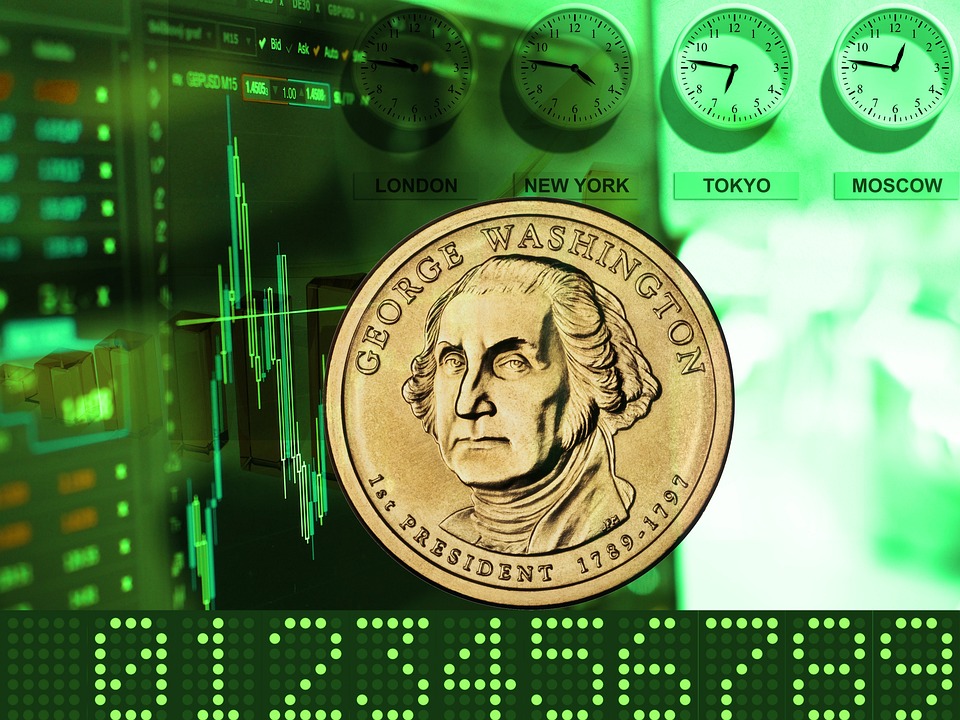The Art of Index Futures Trading: Strategies to Beat the Market
Index futures trading is a popular and lucrative venture for many investors. It involves buying and selling contracts that track the performance of a specific market index, such as the S&P 500 or Dow Jones Industrial Average. It is a way for traders to take a position on the future direction of the market, whether they believe it will go up (long position) or down (short position). Mastering the art of index futures trading requires a combination of skill, knowledge, and discipline. In this article, we will explore some strategies that can help traders beat the market and maximize their profits.
Strategy 1: Trend-following
One of the most popular strategies in index futures trading is trend-following. This strategy involves identifying and capitalizing on the long-term trends in the market. Traders using this strategy aim to buy when the market is in an uptrend and sell when it is in a downtrend. This strategy is based on the belief that markets move in cycles and tend to continue in the same direction until there is a significant change in market sentiment. Traders using this strategy rely on technical analysis tools such as moving averages and trend lines to identify the trends and determine their entry and exit points.
Strategy 2: Breakout trading
Breakout trading is another strategy widely used by index futures traders. This strategy involves identifying price levels at which the market is likely to break out of its current range and continue moving in the same direction. Traders using this strategy look for key support and resistance levels and wait for the price to break above or below these levels before entering a trade. This strategy requires patience and careful monitoring of the market, as breakouts can often be sharp and short-lived. Traders using this strategy may use stop-loss orders to protect their positions in case the breakout fails to materialize.
Strategy 3: Spread trading
Spread trading involves simultaneously buying and selling futures contracts on different market indices to take advantage of price discrepancies between them. This strategy aims to profit from the price difference between the two contracts, rather than the overall direction of the market. Traders using this strategy analyze the relationships between different market indices and look for opportunities to exploit temporary price disparities. This strategy requires careful risk management, as spread trading can be highly volatile and may result in significant losses if not executed properly.
Strategy 4: Arbitrage trading
Arbitrage trading is a strategy that involves taking advantage of price discrepancies between different markets. Traders using this strategy simultaneously buy and sell index futures contracts on different exchanges or markets to capture small profits from the price differentials. Arbitrage opportunities are often short-lived and require fast execution, as other traders are also looking to exploit these inefficiencies. Traders using this strategy must have access to multiple markets and be able to quickly execute trades to profit from arbitrage opportunities.
FAQs Section:
Q1: How much capital do I need to start index futures trading?
The amount of capital required to start index futures trading can vary depending on your trading strategy and risk tolerance. It is recommended to have a sufficient amount of capital to withstand potential losses and margin requirements. It is best to consult with a financial advisor or broker to determine the appropriate capital requirement for your trading goals.
Q2: What is margin in index futures trading?
Margin refers to the initial deposit required by the broker to initiate a futures trade. It is a fraction of the contract value and acts as collateral to cover any potential losses. Traders are required to maintain a certain amount of margin in their trading accounts to hold open futures positions. The specific margin requirement can vary depending on the contract and the broker.
Q3: How can I manage risk in index futures trading?
Risk management is crucial in index futures trading to protect against potential losses. Traders can manage risk by setting stop-loss orders, which automatically close a position if it reaches a predetermined price level. It is also essential to diversify the portfolio by trading multiple contracts and using different strategies. Additionally, keeping up with market news and trends can help traders make informed decisions and mitigate risk.
In conclusion, index futures trading offers numerous opportunities for traders to beat the market and generate profits. However, mastering this art requires a combination of skill, knowledge, and disciplined execution. By implementing strategies like trend-following, breakout trading, spread trading, and arbitrage trading, traders can increase their chances of success in this dynamic and rewarding market. Remember to always consider the risks involved and employ proper risk management techniques to ensure long-term profitability.




